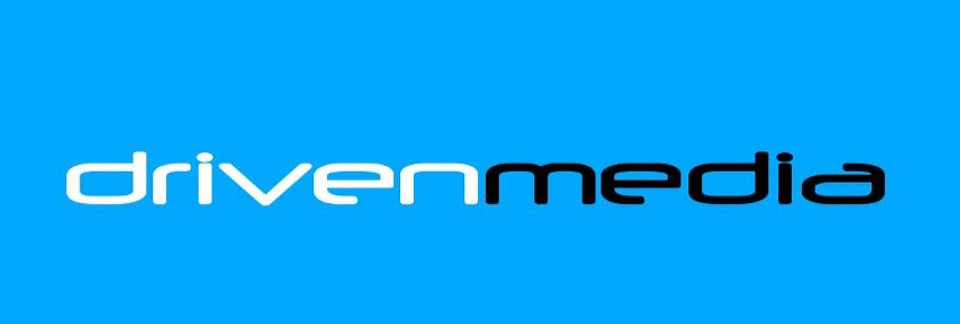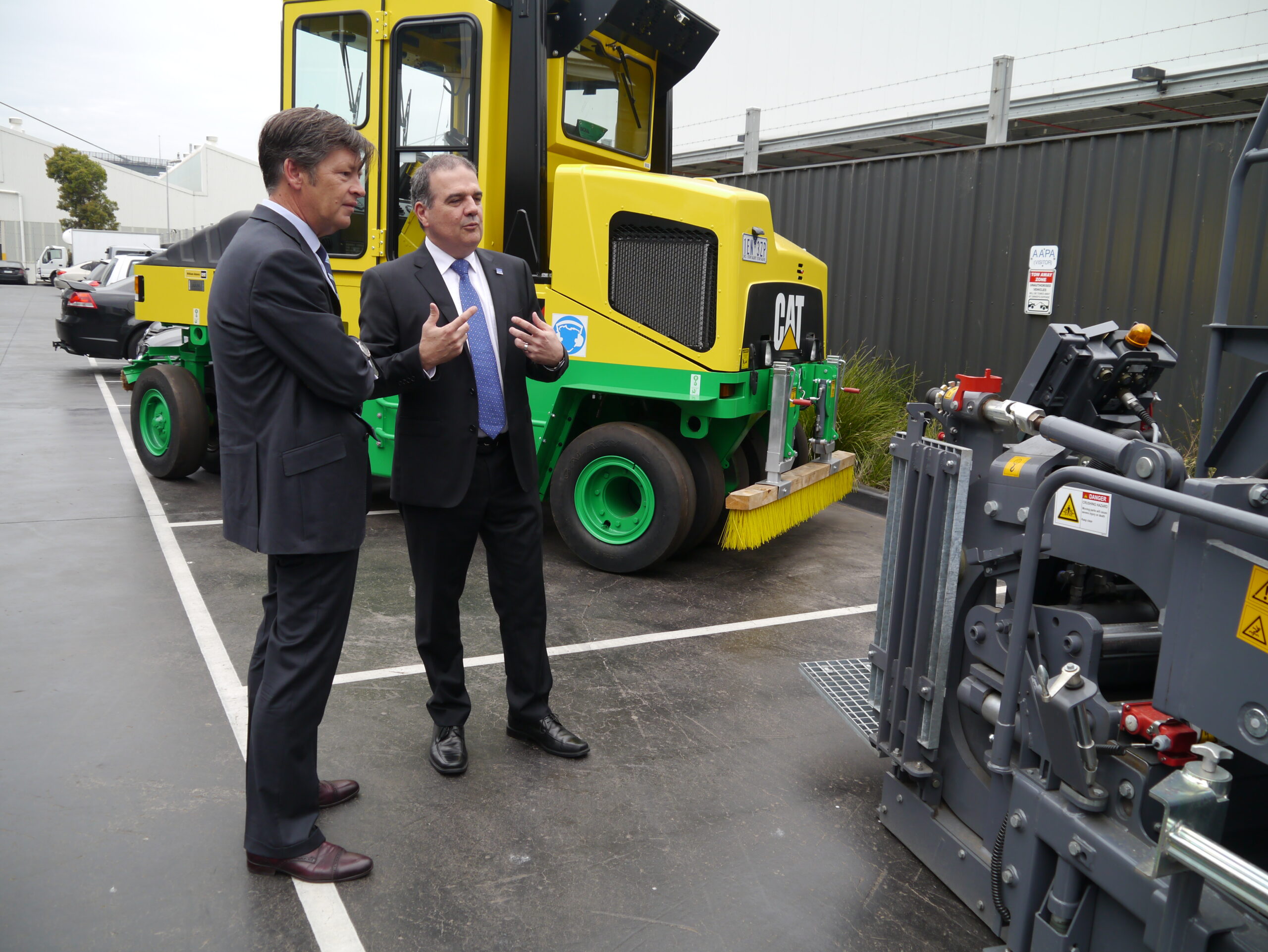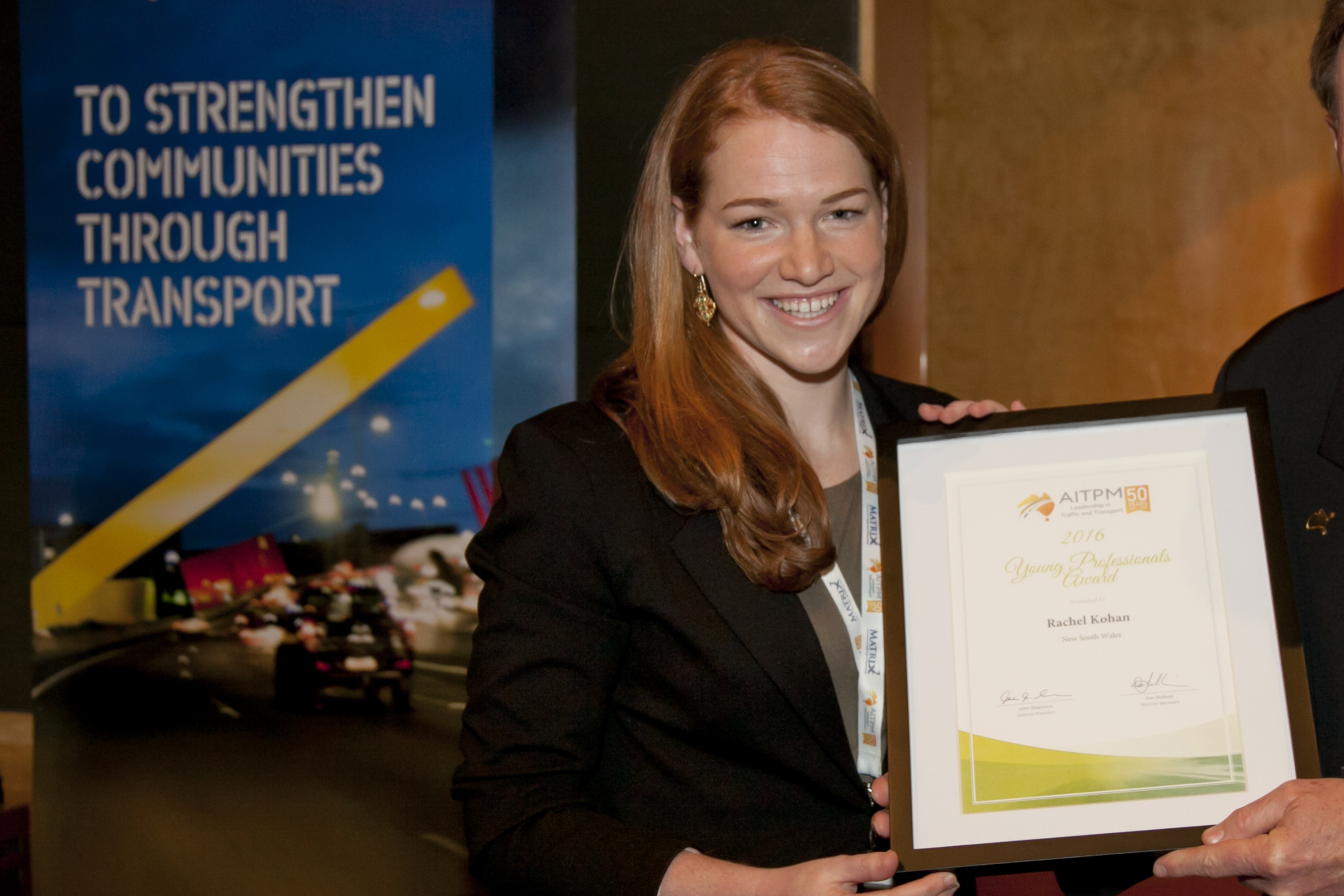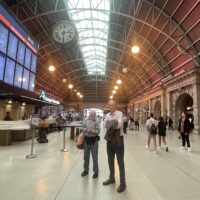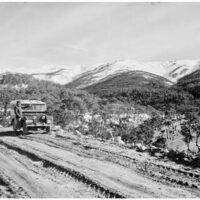https://soundcloud.com/db_drivenmedia/very-fast-train-should-australia-take-the-plunge
Transcript
Introduction:
China is the country with the longest, very fast train system. Spain is the next. And then, we have the great example of Japan. And now, other countries are coming onboard. Britain and America have plans to build very fast train projects.
Should Australia follow suit? To discuss this I have on the line Ken Dobinson from 10,000 Friends of Greater Sydney. Ken, thanks for your time and should Australia have its own very fast train system?
Ken Dobinson: In my view, very much yes. We’ve got huge, wide open spaces. And we need, really need better 21st century connections between our main centers. That’s like Melbourne, Canberra, Sydney, and Brisbane. But in North Rail, if we had fast trains between these center, it would also enable our regional centers to grow like for example Albury with Lismore. And this, in turn, would reduce the stress on our major cities. So I see it as all being very, very positive.
David Brown: Do you think that would reduce the amount or our dependence on airplanes? Is that part of the equation?
Ken Dobinson: It would reduce our dependence, but I don’t think it would have very, very much effect on air travel. But I say we need both. That’s my view of it. And also – for example, on the shorter airlines that switch to Sydney and Canberra or Sydney and Newcastle, it’d possibly reduce the needs for these. And which of course would open more airspace with the likes of Mascot and in the future, Badgerys Creek because you wouldn’t need those services as you have them today.
So I think we need both, including air services. And that’s why we need Badgerys Creek. We also need to be planning and building a fast rail system because we’ve just got this huge, brilliant country.
David Brown: So what’s the market there, business trips or holidays?
Ken Dobinson: I think it’s everything. Business trips probably are hard profile for our cities. But in the regional centers, it’d be much more business trips because people would be connecting back into the major centers more often but having the choice of cross-living and having jobs in those regional cities, which is always a problem today.
David Brown: Well, someone estimated that it would cost over a hundred billion dollars for an east coast very fast train. Is that a realistic estimate?
Ken Dobinson: I think the figures are 114 billion that was put out. But you’ve got to look behind this because the assumption in that is that we would use existing technology, which is history, and most significantly, that is cost included huge cost of tunnelling to get into the city centers.
Now, as we all know, China’s doing a lot of work on this and they really they tell us, it’s got the infrastructure cost down considerably. But even more significantly, in my opinion, is we should look to reduce the tunnelling into our centers. And that’s where the huge cost is.
For example, in Sydney, we’ve been looking at this, and the 114 million billion dollar proposal takes it into the CBD of Sydney. Hence, we’re saying, that’s not going to be the center of Sydney in 20 years. Parramatta is. So take it to Parramatta. If you do that, you have got the costs huge amount. For example, between what we might call a Stage 1, which we think is Sydney-Newcastle, you have the cost and that’s huge, huge savings.
David Brown: Yes. I saw some figures saying it could be as low as 65 billion. That’s still a huge amount. How long would it take to build these sorts of lines?
Ken Dobinson: Well, in my opinion, a realistic figure is about ten years hence. By the time you do the planning, knock out all the other aspects. But the generally quoted figure is 20 years, but this is largely due to the difficulty of working with the various governments because they are always very, very reluctant and very slow to accept new concepts and new technologies that would be coming into Australia.
David Brown: Talking about the new technologies, do we run the risk if we decide now something like maglev might be – magnetic levitation, might well come into its own? Is there ever a good time to make this decision?
Ken Dobinson: Well, yes. And that’s the weakness in the proposals that we’ve had on the table for quite a number of years now and including the most recent one, which is the 114 billion one because they’re all based on past technology, which is what I call wheel on rail. Whereas, the future, it does seem to be in magnetic levitation. And the country that’s sort of been building a very fast train for forever and a day is Japan.
And the current new system they’re building between Tokyo and Osaka is magnetic levitation. But it’s the Japanese magnetic levitation, which is slightly different than the Chinese one. But the Chinese are also looking at it. They’re starting to talk about breakthroughs in the system and particularly breakthroughs in price, which is absolutely important to within this thing. But Japan is committed. They’ve changed. They’re building the next high-speed railway as a mag lev.
David Brown: So you would recommend that for Australia.
Ken Dobinson: Yes, certainly. You know, if you’re not going to have something for the next 20 years, surely you should be looking to what looks like the most likely in 20 year’s time, not something that has been around for the last 50, 60 years. And that looks to the magnetic levitation. But I would suggest the first thing we should do is looking at this for Australia, get over to Japan, check this all through, check China, get a better impression of what is going to be the right solution, the best solution, and the most economical solution in 20 years.
David Brown: Yes. I’m sure that’s the case. What sort of timing in travel times are we talking about? What would the Sydney-Melbourne trip take?
Ken Dobinson: Well, it’s a need thing as much about what it would take. If you’re going to have a really good connection between Sydney and Melbourne, you’ve got to be able to make it worthwhile for the business traveller. And that means you’re looking at your target which is about three hours, which means you’re going to need a train in the very high speed category, 350 kilometers an hour or something better. I mean, the mag lev’s going to cut up to 500 so it can do it.
David Brown: That would be good. And that makes it much more viable. Is it reasonable with such a high cost to build that it would make a lot of noise when it goes along whereas of course the mag lev, does it?
Ken Dobinson: Well, yes. That’s right. The maglev is not so noisy, but it’s still noisy. And this is why you’ve got to think through the whole system because generally, if you’re running above ground or even in tunnels because it’s so noisy in tunnels. In urban areas, you’ve got to get that noise down. And you probably can’t operate these very high-speed trains within urban areas. So you’ve got the speed to what we normally call just a fast train, which is about 200 kilometers an hour. Otherwise, the noise will beat you .
David Brown: Yes. Do you think if we build the very fast train in Newcastle, a distance of about 150 kilometres, do you think that they might encourage people to commute, to come down each day? Is that possible?
Ken Dobinson: You will. But if you can go on the – on what happens in England, which isn’t very high-speed train at the minute but it is fast rail. More importantly, what’s happened in England, you’ve increased the commuting in the opposite direction. So if you went to Newcastle, you would be growing Newcastle, which would definitely be an asset because that ingrowth outside of Sydney takes pressure off Sydney.
And that’s been shown and it’s been modelled to death. And that’s a fact. You actually grow the outer center. You still get commuting to this major center like Sydney it won’t stop that. But you start to grow it in the other direction. And that makes the whole of the system and running a train much more viable because you’ve then got passengers in both directions. It’s not just one.
David Brown: Yeah. That viability is the big issue. Given it’s so expensive to build; you could make the fares a reasonable level.
Ken Dobinson: Yes. Well, there’s been a lot of the things have been modelled to have a look at fares. And it appears, I mean, it hasn’t been done in detail, it appears that Parramatta-Newcastle, we’re promoting Parramatta as a center here. Newcastle is already a viable option to build its high-speed rail. It will pay for itself minus fares.
David Brown: Really? What’s the difference between a very fast train and a fast train? You mentioned the speed.
Ken Dobinson: Yeah. In both terms, people tend to classify something below 200 kilometres as just a fast train. Whereas, anything over 300, that’s 300 kilometers an hour – they tend to call a very fast train. And the bit in the middle, I guess, is the grey one follows the other.
But the fast train, essentially when you’re talking about it, it’s largely– a modern metro, modern automatic metro like we’re building on the Northwest Rail or an inner city metro type thing. It’s not this very fast train like Shinkansen and this sort of thing. It’s quite a different animal and much less costly.
David Brown: You see that as a viable thing that is important for a big city like Sydney, not to travel to Melbourne but to travel within the city area, don’t you?
Ken Dobinson: Yeah. Well, we think that – that’s why we talk about bringing the high-speed rail in the East Coast into Parramatta, not the Sydney CBD because Parramatta is going to be the central or the center, and a big center of Sydney in 20, 30 year’s time. It’s going to be the center. And if you bring it into there, you cut out most of the tunnelling in there get to the CBD, which means that the high speed becomes a much more viable option.
But then, we say you need a fast rail, not a high, a very fast rail between Parramatta and the CBD without interchange between these two fast rails, very fast rail at Parramatta.
Then, you got the best of both worlds. You’re bringing your high-speed rail passengers right into the center, central or center of Sydney, and then you’re connecting them into the metropolitan network by a high-speed rail like the CBD or any of the other places in Sydney. You can get from Parramatta via what we hope in the future is going to be a mid-fast rail train.
David Brown: Well, we hope we might get to the future someday. Ken, thanks very much for your time.
Ken Dobinson: A pleasure.
David Brown: And that’s Ken Dobinson from 10,000 Friends of Greater Sydney talking about very fast trains and their applicability to Australia.
